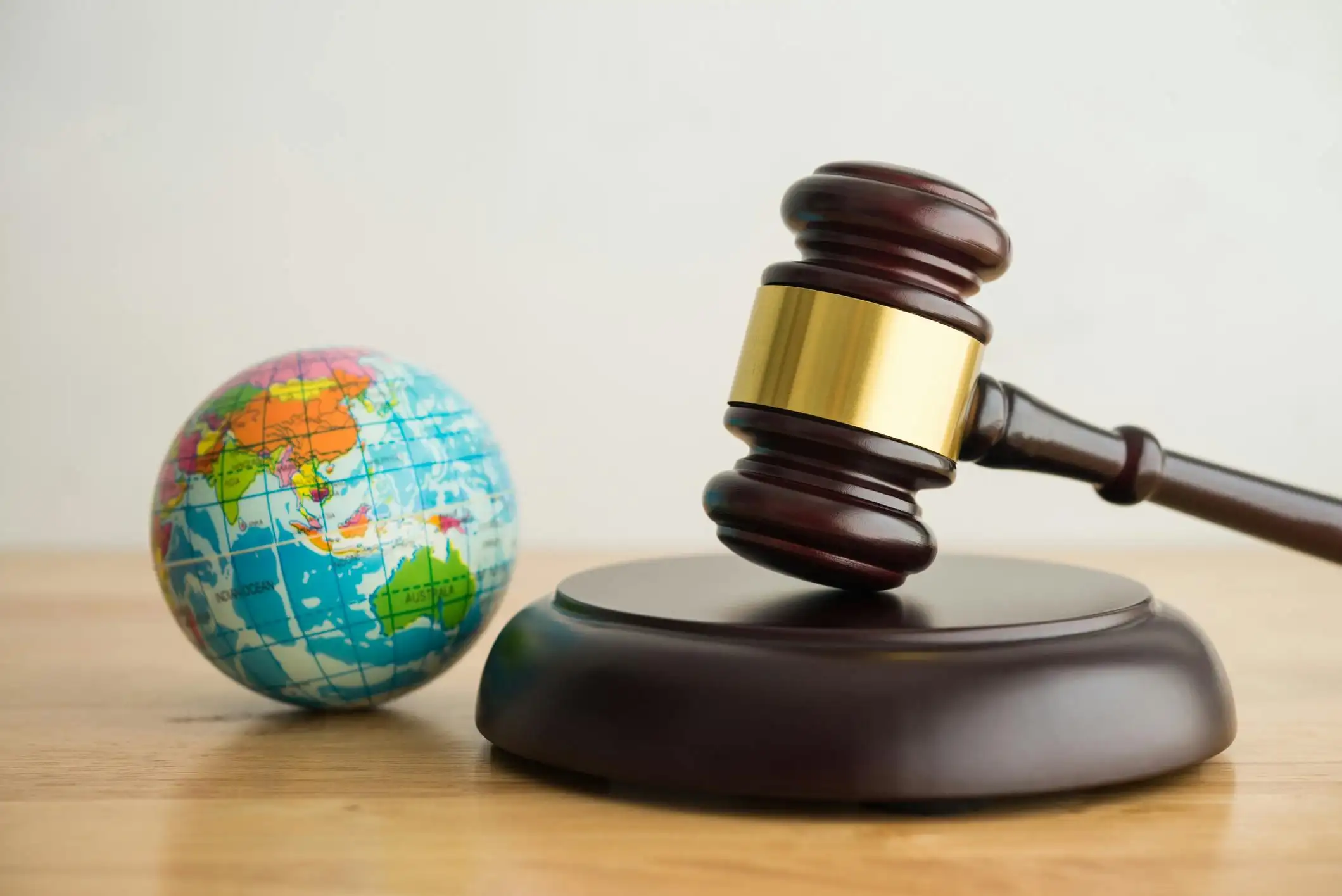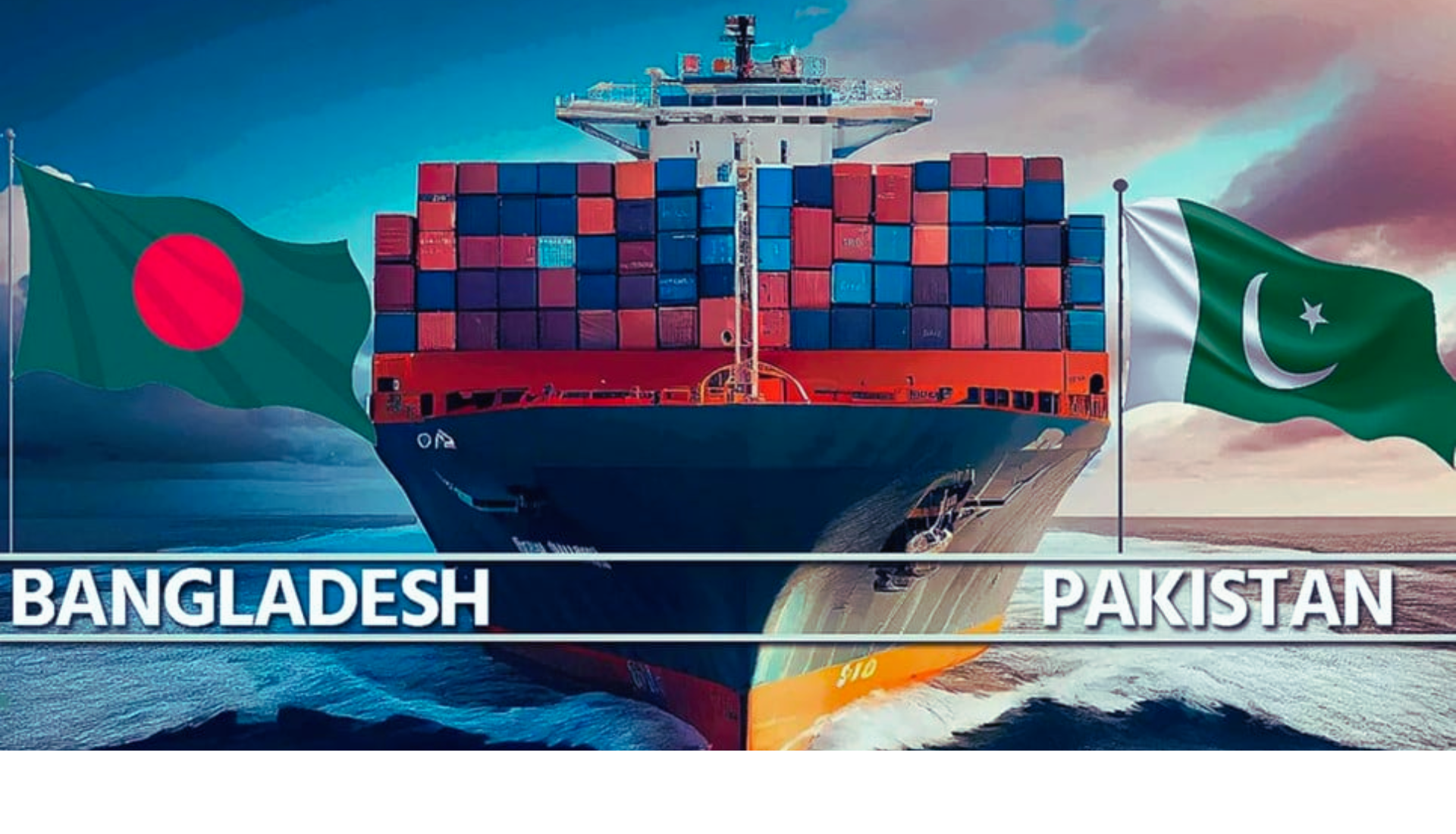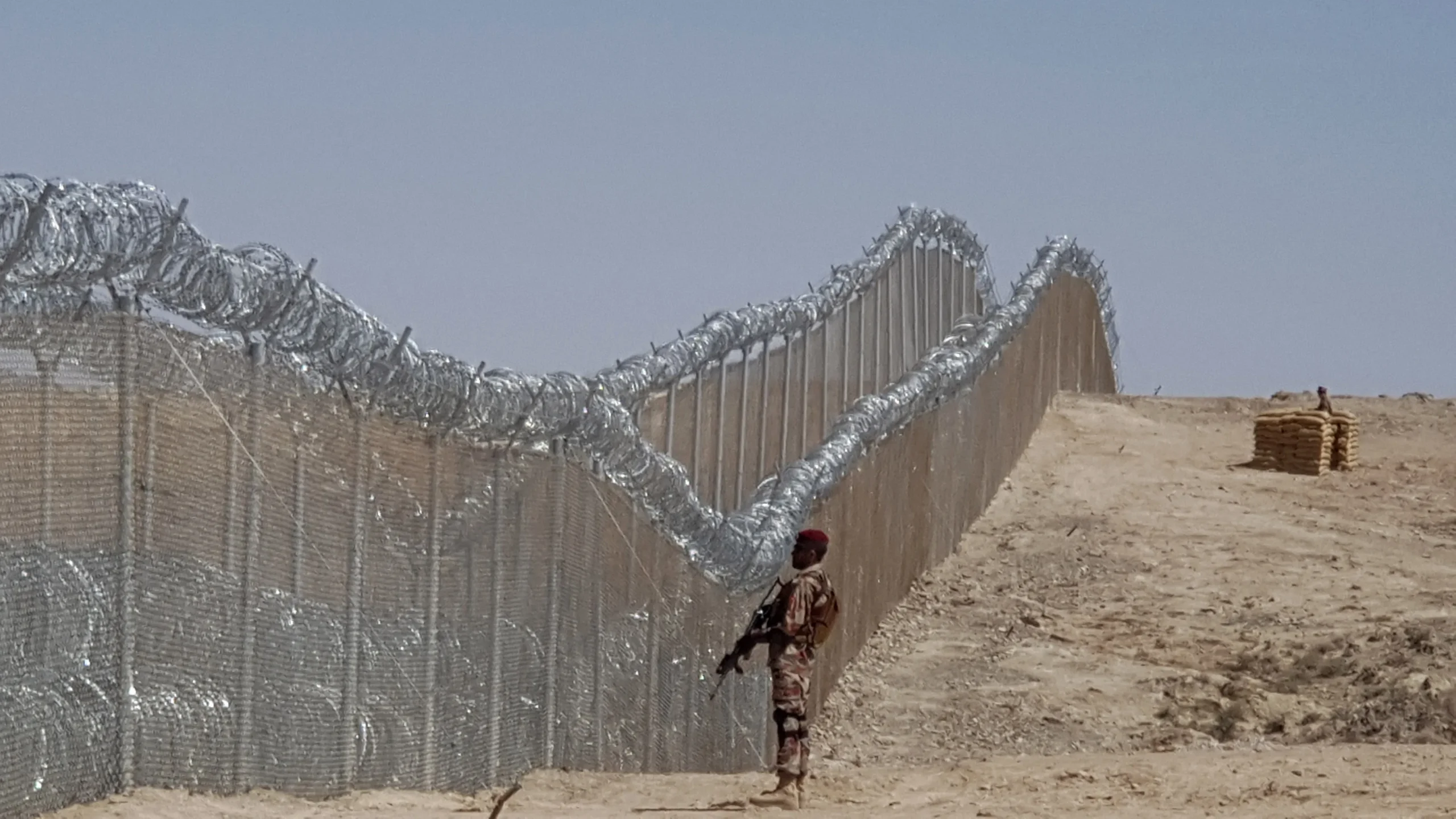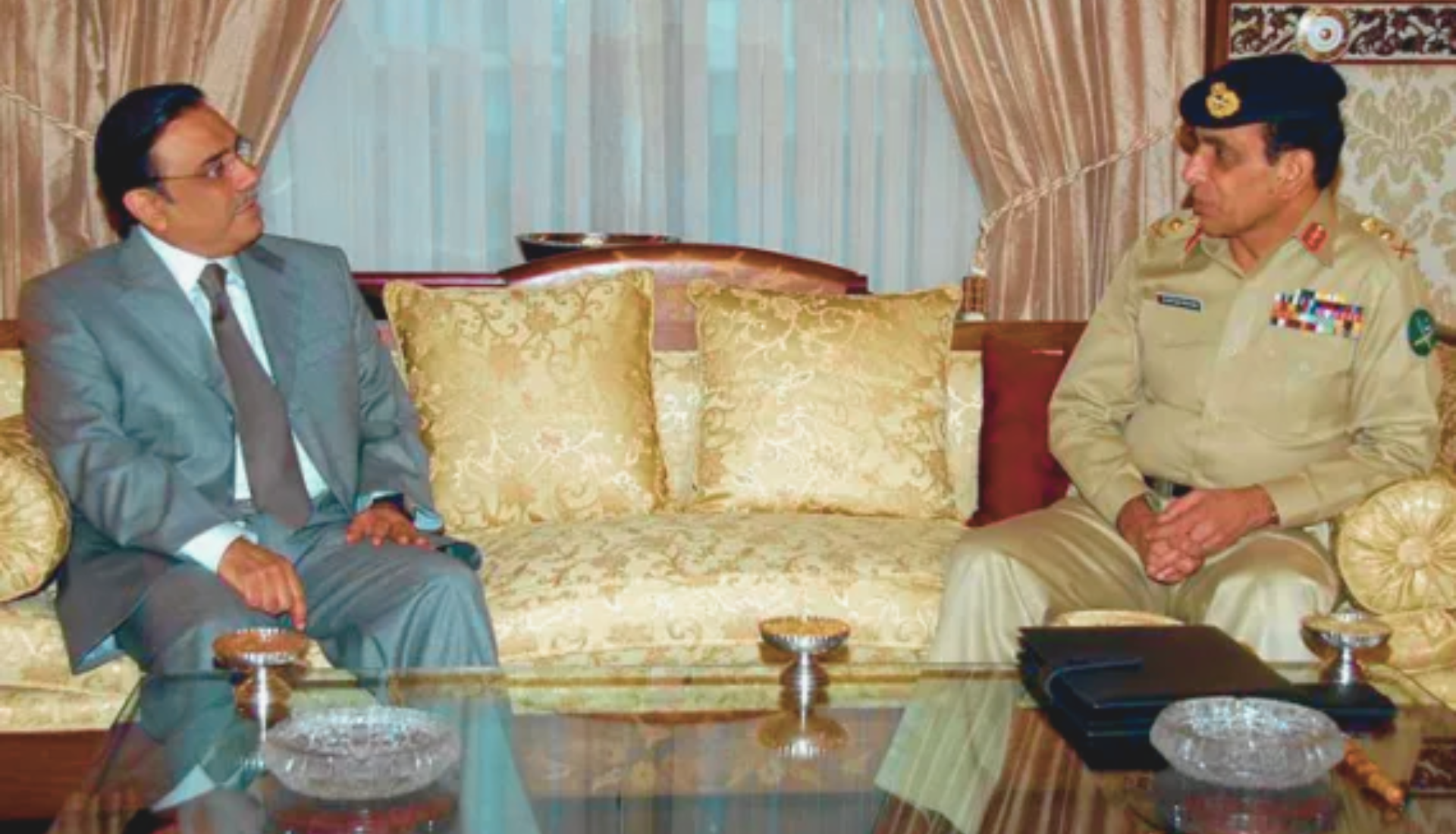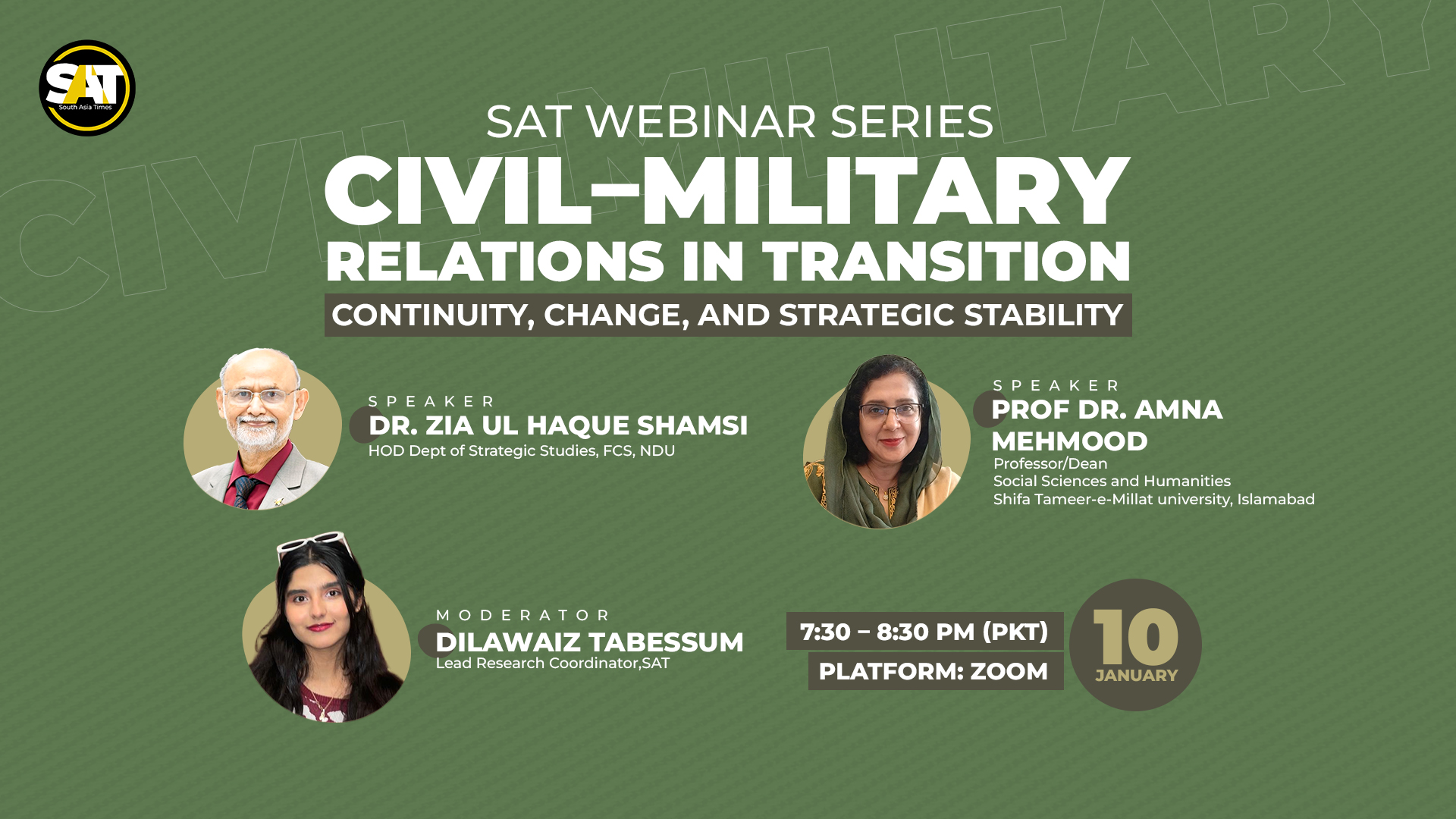Bihari women who survived rape camps in Bangladesh have described being raped repeatedly and threatened with gunfire if they attempted to flee. Bengali rebels launched a brutal genocide against non-Bengalis in 1971, detaining and brutalizing hundreds of thousands of women on multiple occasions. Their experiences have been disregarded in favor of a malicious campaign to portray Pakistan as the successor of the Third Reich.
Bangladesh: The Other Women
According to one harrowing account from a non-Bengali woman, the Bengali rebels lined up about four hundred grieving women and stripped them of their saris under threat of gunfire.
She went on to describe how she wanted to strangle herself when one of their tormentors, wielding a scythe to her face, ripped off her clothes.
Armed with firearms, the rebels forced them to parade naked. A few women who attempted to flee were killed by the gunmen. In this procession of naked women, she spotted her brother’s wife. “She said the killers had done him to death; they had also killed her little son.” By the time they reached Narkuldanga, five miles away, there were fewer than 150 captive women remaining. A few were shot, and others were taken by the other rebels as their share of the plunder. “One of them was my sister-in-law; she was young and pretty,” she continued. “I never saw her again.”
Recently, an award-winning “journalist” published an article in the Guardian about the plight of women in East Pakistan/Bangladesh during the 1971 civil war. Some eyewitness accounts of the atrocities and rapes suffered by the women at the hands of Pakistani forces were cited in order to “prove” the central claim: Pakistani forces raped between two and four lakh women in Bangladesh!
The article made me reflect on what the “noble” West preaches as the virtues of good journalism. Objectivity, nonpartisanship, uncovering and mentioning the perspectives of all parties involved, painstaking efforts to separate the truth from lies, etc. Sadly, but not surprisingly, I found no trace of these qualities in the Guardian, which holds itself up as an exemplar of “fearless and independent” journalism. Since the paragons of “independent” journalism are reduced to parroting baseless propaganda sponsored by India’s Hindutva brigade and the despotic government of Sheikh Hasina in Bangladesh, I have taken it upon myself to bring to light some facts that the Guardian chose to ignore in service of ulterior motives disguised as “journalism.”
At the beginning of this article, I mentioned an eyewitness account of horrific violence against women in 1971 Bangladesh. The narrator is Sakina Bibi from Neelmati, Dinajpur, who told her story to renowned journalist Qutbuddin Aziz in 1974 after being repatriated from Bangladesh to Karachi. However, she was not raped and paraded naked by the Pakistani army. Rather, she and hundreds of other women were victims of the “brave freedom fighters of Bangladesh!” “Our Bengali captors detained us in six huts,” she continues in her horrifying account. “For the first three days, we did not have a morsel of food. We lived on water and wild fruits picked from the trees. All through the period of our captivity, the hapless captive women were subjected to multiple rapes. Six teenage girls who tried to escape were shot. On April 10 (1971), when the Pakistani troops routed the rebels, the retreating Bengalis tried to slaughter all of us, but we were rescued in the nick of time.”
The Numbers Myth
Numerous other comparable, less horrific, and more horrific accounts can be found in several books, including Lamhay by Masood Mufti, Blood and Tears by Qutbuddin Aziz, and Women, War, and the Making of Bangladesh: Remembering 1971 by Yasmin Saikia. In her meticulously researched book, Dead Reckoning, Harvard University alumna Dr. Sarmila Bose recounts the atrocities committed by Bengali rebels. Unlike the charlatans at the Guardian, her book objectively described the atrocities committed by both sides during that terrible war. She mentions in her book that the Pakistani soldiers were intent on quelling the rebellion and therefore targeted adult males with a Hindu bias.
On the other hand, the Bengali rebels’ fury more often than not descended on the hapless women and children who were raped and killed in multitudes.
Source: The Milli Gazette
The Guardian lends credence to the oft-repeated claim that between March 25, 1971, and December 16, 1971, the Pakistani Army murdered three million people and raped two to four lakh women. This means that each of the 45,000 Pakistani soldiers killed 67 people and raped 9 women while defending the 2700-kilometer-long India-East Pakistan border and fighting a robust insurgency in the country’s interior, in which over 4000 of them perished! Assume, for the sake of context, that the Germans killed six million Jews in World War II. More than three million German soldiers fought on the Eastern Front. Therefore, it took more than three million men six years to kill six million people. However, in eight months, 45,000 Pakistani army soldiers murdered three million people and raped between 200,000 and 400,000 women. Wow!
Evidently, the Indians and the Awami Leaguers of Bangladesh perpetuate this absurd lie for their own nefarious purposes. The Indians want to cultivate, maintain, and sustain a visceral hatred between the Muslim brethren of Pakistan and Bangladesh, while the Awami League justifies its misrule by emphasizing its role in liberating Bangladesh from the “monstrous” Pakistanis. But why does the West, with its “sincere” regard for “independent and objective” journalism, parrot these falsehoods? Why does the “feminist” West completely disregard the plight of women who are not Bengali? The only crime these non-Bengali women and their families committed was supporting Pakistan and its Islamic ideology over the Indian-backed, racially motivated fascism of the Bengali rebels. In the venerable eyes of the West, these women have ceased to be women due to this “sin.” They have been effectively dehumanized. Consequently, their murders and rapes do not offend the feminist sensibilities of the West!
The Selective Outrage
This dehumanization of non-Bengalis began at the hands of the Bengali rebels and their Indian sponsors. Yasmin Saikia has explained it very well: “Through some mystic unity, Bengali women claim they are part of the land, nation, and Bengali identity; while others—the Bihari women—are outsiders, the enemy, and hateful occupiers of their Sonar Bangla.” On the other hand, despite suffering unimaginable horrors at the hands of Bengalis, Saikia found the Bihari women refusing to do the same: “Most of all, I was touched when I heard them (the Bihari women) include Bengali women within the field of survivors and understood that the Bihari women recognized the violence that these Bengali women had suffered also.” “This is a unique perspective on empathy for others, even for those who consider them “enemies.” “For me, these women are more human than anyone else I met in Bangladesh.”
Source: Niyogi Books/Raghu Rai
Interestingly, despite being of Indian descent, neither Saikia nor Bose encountered any obstacles during their research in Pakistan.
In Bangladesh, however, they encountered obstructionism and even hatred in their efforts to objectively investigate the suffering endured by people on both sides of the conflict. Attempting to rehumanize the victims of the Bengali-led and racially motivated genocide of non-Bengalis is offensive and illegal in Bangladesh, which is governed by the Awami League, it appears. The term “genocide” is not mine to apply to Bengali atrocities. Dr. Sarmila Bose clearly stated this in her book: “The killing of non-Bengalis—Biharis and West Pakistanis—by Bengalis was clearly “genocide” under the UN definition.”
Even Anthony Mascharenas, who penned an ill-researched and sensational article titled “Genocide” in the Sunday Times, London, on June 13, 1971, mentioned the horrific atrocities committed by the Bengali rebels: “Thousands of families of unfortunate Muslims, many of them refugees from Bihar who chose Pakistan at the time of the partition riots in 1947, were mercilessly wiped out.” Women were raped or had their breasts ripped out with specially fashioned knives. Children were not spared the horror; those who were fortunate were killed alongside their parents, but thousands of others had to endure what little life they had left with their eyes gouged out and their limbs roughly amputated. “The real toll, I was told everywhere in East Bengal, may have been as high as 100,000; for thousands of non-Bengalis, they have vanished without a trace,” said the author. “More than 20,000 bodies of non-Bengalis have been found in the main towns, such as Chittagong, Khulna, and Jessore.”
Source: India Today
And on it goes. I can mention dozens of incidents similar to the one a rebel Bengali officer proudly recounted to Major General Abubakar Osman Mitha, in which he and his comrades captured all the West Pakistani women they could get their hands on (the wives, sisters, and daughters of their former colleagues and soldiers), stripped them naked, raped them, and then humiliated them by forcing them to dance in the buff for the amusement of their captors. But I think I have made my point.
The Road to Reconciliation
In the end, I will emphatically state that by no means do I deny that significant atrocities were committed by the Pakistani forces and paramilitaries as well. Even a single person unlawfully killed is a tragedy and a crime.
Even if only one woman is raped, the crime is heinous and must be severely condemned, regardless of the rapist’s and murderer’s identities and allegiances.
However, this does not mean that we accept crimes we did not commit. This does not mean that we forget the crimes committed against those who suffered solely because they were loyal to Pakistan or spoke a different language than the Bengali rebel’ racist genocidal bands. In this regard, it is pertinent to note that while Pakistan has apologized multiple times to Bangladesh for the atrocities committed by our forces, Bangladesh has refused to acknowledge the heinous crimes committed by the “freedom fighters” and their Indian masters. In Paragraph 14 of the Bangladesh-India-Pakistan (tripartite) Agreement, signed on April 9, 1974, in New Delhi, it is stated: “The Prime Minister of Pakistan had declared that he would visit Bangladesh in response to the invitation of the Prime Minister of Bangladesh and appealed to the people of Bangladesh to forgive and forget the past mistakes in order to promote reconciliation (between Pakistan and Bangladesh).”
Source: Getty Images
I can continue to wait for the Western media to develop a conscience and cease propagating falsehoods in service of Western strategic interests, but I may spend eternity waiting. Therefore, I will conclude by urging my fellow Pakistanis to be wary of “independent” Western journalism and to combat lies with the truth. Take a moment to remember the suffering endured by Bengalis and non-Bengalis alike during the terrible year of 1971. We pledge to never repeat the errors that precipitated that tragedy. Let us move forward with compassion and forgiveness. May Allah guide us.
Also See: Investigations Carried Out over the Death of Retired Bangladeshi Major.
The views expressed in this article are the author’s own. They do not necessarily reflect the editorial policy of the South Asia Times.


